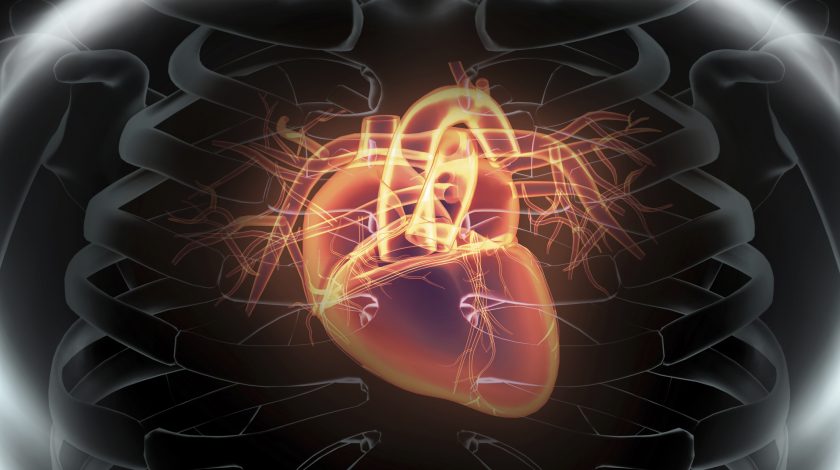Heart failure results could unlock key market for Farxiga - AZ

AstraZeneca doesn’t quite know why its diabetes drug Farxiga is also working in patients with heart failure – but what it does know is that, if approved in this new use on this basis, it could tap into a huge new market with a well-established drug.
Farxiga (dapaglifozin), also known as Forxiga in some countries, is already one of AstraZeneca’s top 10 biggest selling drugs based on its already approved uses in type 2 diabetes.
Sales increased by 14% to $726 million in the first half of the year, although this was slower than the growth seen in 2018 when sales grew at 30% to $1.39 billion.
AZ is not putting a figure on how much will be added to these sales if Farxiga is approved in heart failure – but the market for the drug in the new indication is substantial.
In an interview with pharmaphorum, Joris Silon, senior vice president of AZ’s cardiovascular, renal and metabolism business unit, said that around 64 million people are affected by heart failure globally.
Around half of these have reduced ejection fraction heart failure, where Farxiga has shown benefit in the DAPA-HF trial, from which the company revealed detailed results this weekend at the European Society of Cardiology in Paris.
There are also two phase 3 trials ongoing of Farxiga in patients with heart failure and preserved ejection fraction.
After announcing top-line results from DAPA-HF last month, AZ gave details of the trial at ESC, showing Farxiga reduced the composite of cardiovascular death or worsening of heart failure by 26%, and showed a reduction in each of the individual components of the composite endpoint.
In analysing each of the components of the primary composite endpoint, there was a 30% decrease in the risk of experiencing a first episode of worsening heart failure and an 18% decrease in the risk of dying from cardiovascular causes.
The results were highly statistically significant and Farxiga’s effect on the primary composite endpoint was generally consistent across the key subgroups examined.
In diabetes, the main effect of SGLT2 class drugs like Farxiga is caused by the drug’s ability to increase the amount of blood sugar excreted through the urine.
The precise mechanism is not clear, said Silon, who suggested there is some kind of feedback mechanism causing the cardiovascular benefit.
He said: “We believe there is a multitude of effects happening not just with the glucose. More research will be needed on this.”
AZ’s hope is that the drug will be an easy sell to doctors who may be considering prescribing it to patients who already have diabetes and are at high risk of a cardiovascular event and were perhaps considering using a SGLT2 competitor such as Eli Lilly/Boehringer Ingelheim’s Jardiance (empagliflozin).
Farxiga is the first in its class to produce results in heart failure outside of diabetes and there’s also a lot of supportive safety data from this and the many other trials that could AZ make the case for its drug, according to Silon.
Silon said: “Half of these patients have diabetes where the drug is currently indicated. It’s very safe to use, it definitely has the potential to change care."













